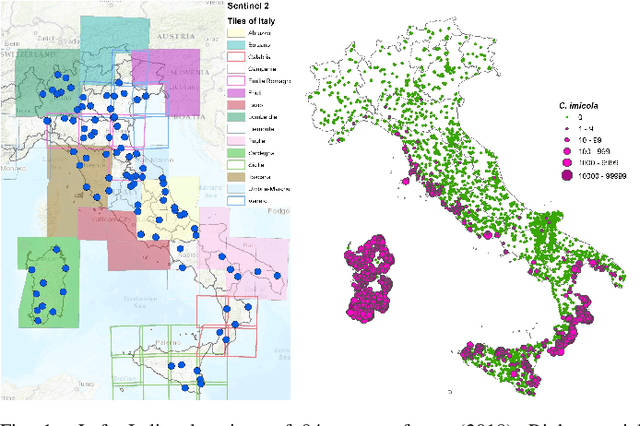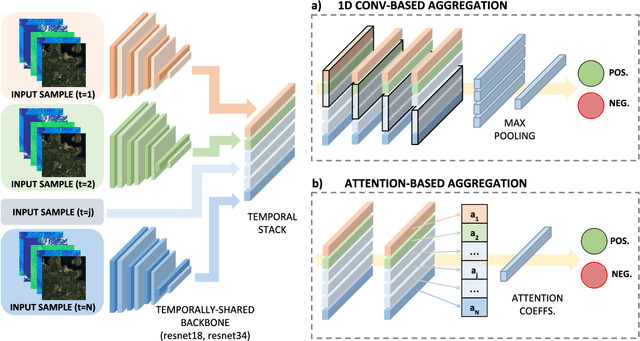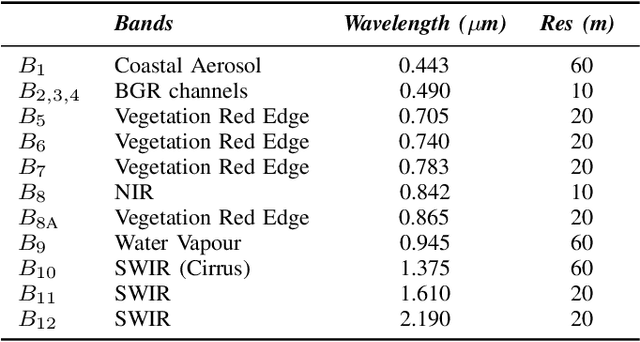Spotting insects from satellites: modeling the presence of Culicoides imicola through Deep CNNs
Paper and Code
Nov 22, 2019



Nowadays, Vector-Borne Diseases (VBDs) raise a severe threat for public health, accounting for a considerable amount of human illnesses. Recently, several surveillance plans have been put in place for limiting the spread of such diseases, typically involving on-field measurements. Such a systematic and effective plan still misses, due to the high costs and efforts required for implementing it. Ideally, any attempt in this field should consider the triangle vectors-host-pathogen, which is strictly linked to the environmental and climatic conditions. In this paper, we exploit satellite imagery from Sentinel-2 mission, as we believe they encode the environmental factors responsible for the vector's spread. Our analysis - conducted in a data-driver fashion - couples spectral images with ground-truth information on the abundance of Culicoides imicola. In this respect, we frame our task as a binary classification problem, underpinning Convolutional Neural Networks (CNNs) as being able to learn useful representation from multi-band images. Additionally, we provide a multi-instance variant, aimed at extracting temporal patterns from a short sequence of spectral images. Experiments show promising results, providing the foundations for novel supportive tools, which could depict where surveillance and prevention measures could be prioritized.
 Add to Chrome
Add to Chrome Add to Firefox
Add to Firefox Add to Edge
Add to Edge